High Street
High Street is the east-west axis of the village, connecting The Green at the eastern end to the thatched terrace of cottages at at the western entrance to the village,being a continuation from that point of Hardingstone Lane.
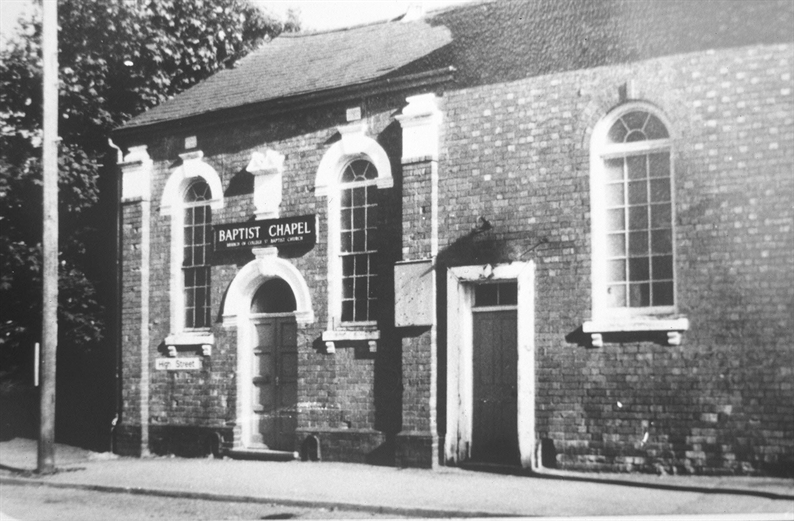
The Baptist Chapel, located just to the west of The Green, was built in 1837. The only known named chaplain was a David Butcher. Once a congregation had ceased to meet, the building was eventually converted into a house in the 1990s.
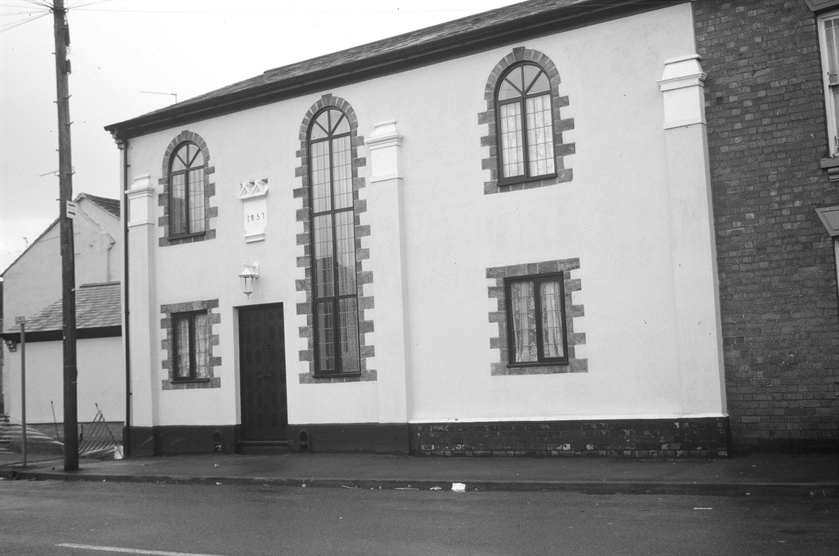
The chapel as converted into a private dwelling.
-WE3971a7ead3.jpg)
The Revd Massey, who was vicar of St. Edmunds 1920 to 1930, pictured in the High Street. Behind him to the east is The Green and to his left are the Sun public house, and the village blacksmith's forge. Note the low shop in the middle distance left, which was Taylor's butchers. Currently (2019) it is a hairdressers called 'Cut n' Curls'.
-WEb167a4c2cb.jpg)
This block of cottages situated just the west of the junction with Back Lane, was known as 'White Rails'. This picture probably dates from around 1920. The roof of the school can be seen to the left, just poking above the cottages' roofline. Behind that there is a very tall building, part of what is known now as the Blue Barns complex: its original function is a mystery. Could it have been built as a grand entrance to other buildings that never materialised? Or could it have housed some sort of machinery? On its top is a cupola that could have housed a clock.
HERVEY HOUSE
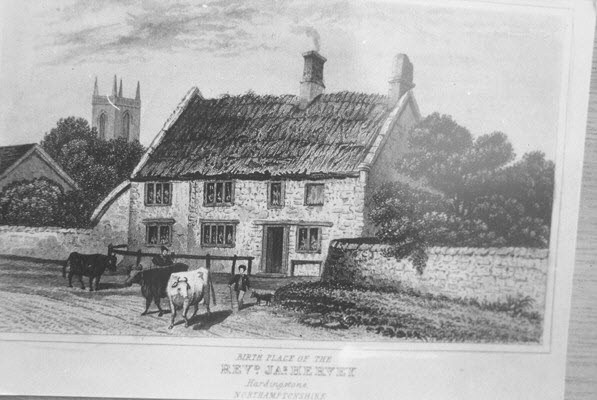
Hervey House is the birthplace of the Revd James Hervey, believed the oldest secular building in the village. This is a print of an early 19th century engraving.
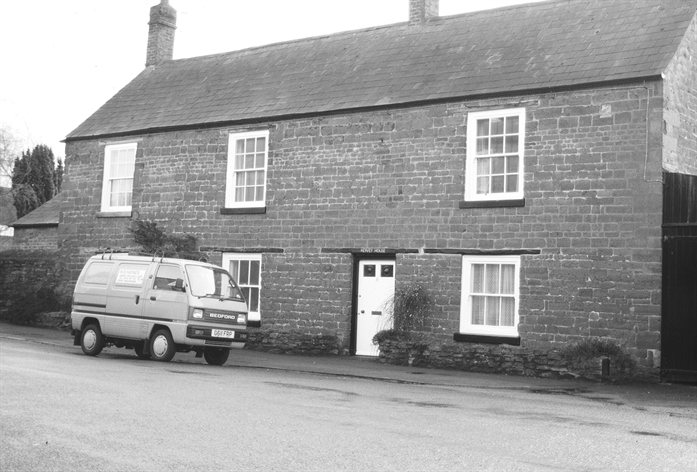
Hervey House in about 1990.
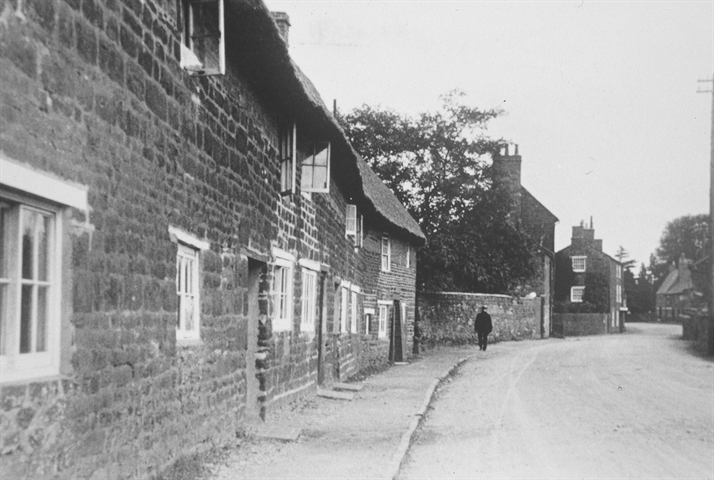
Looking east into the village, the row of six cottages with their original doorways clearly visible, before the road level was raised.
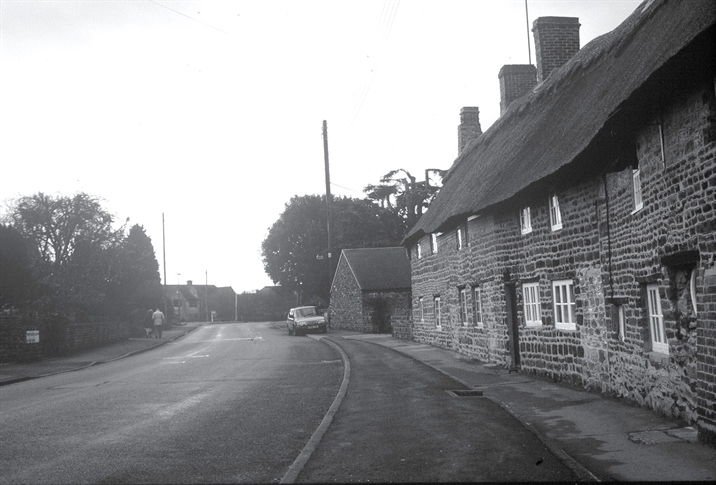
Looking west towards Hardingstone Lane, the row of six cottages, now with blocked in doorways, combined into two residences. The previous doorsteps are now surrounded by tarmac and have become part of the pavement.